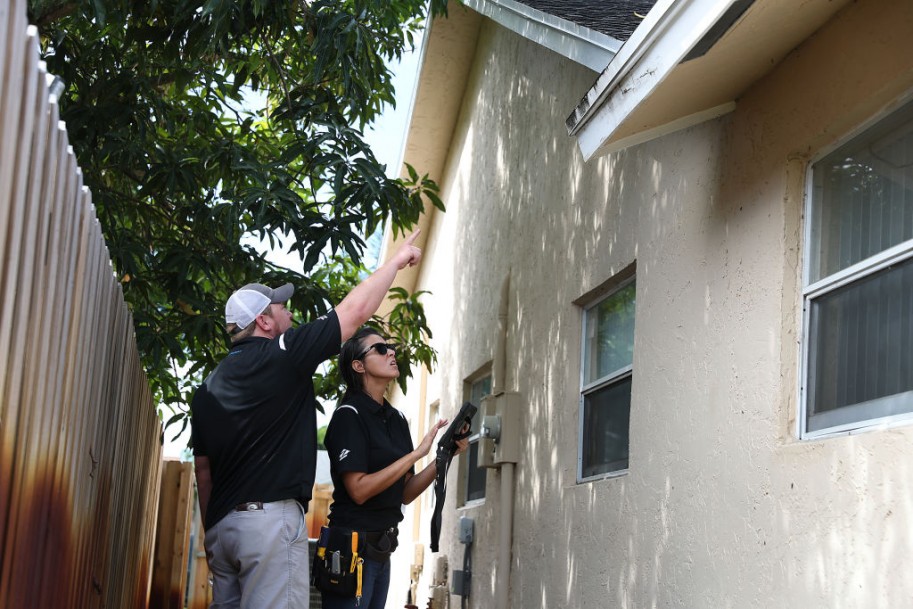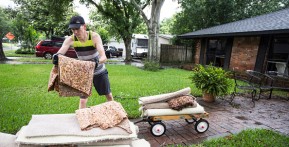
Weatherproofing your home is essential to protect it from the elements and maintain comfort and efficiency throughout the year. It's also an important step to ensuring your home and its occupants stay safe and protected for many years to come.
From scorching summers to freezing winters, each season brings unique challenges that can impact your home's integrity and energy efficiency. Here are seven effective ways to weatherproof your home for all seasons.
Spring and Summer
Maintain Your Home's Cooling Efficiency
Ensure your home's cooling system is running efficiently by cleaning or replacing air filters, sealing duct leaks, and scheduling regular maintenance with a professional HVAC technician.
Check Your HVAC System
Before the heat of summer sets in, inspect your HVAC system for any signs of wear or damage. Clean the outdoor unit, clear away debris, and check for leaks or malfunctions that may affect its performance.
Protect Roofs and Gutters From Hail Storms
Install impact-resistant roofing materials and gutter guards to protect your home from damage during hail storms. Regularly inspect your roof and gutters for signs of wear and tear, and address any issues promptly.
Winter
Insulate Your Home
Proper insulation is crucial for keeping your home warm and energy-efficient during the winter months. Insulate attics, walls, and crawl spaces to prevent heat loss and reduce energy bills.
Install Weather-Resistant Storm Doors
Install storm doors at the entrances of your home to provide an additional barrier against harsh winter weather. Choose doors with weather-stripping and durable construction to keep cold air out and warm air in.
Protect Roof and Gutters From Ice and Snow
Prevent ice dams and snow accumulation on your roof by installing heating cables or roof melt systems. Clean gutters and downspouts regularly to ensure proper drainage and prevent ice buildup.
Fall
Keep Gutters and Downspouts Clean
Remove leaves, debris, and other obstructions from gutters and downspouts to prevent clogs and water damage. Consider installing gutter guards to minimize maintenance and keep water flowing freely.
Seal Any Cracks and Gaps
Inspect your home for cracks, gaps, and openings where cold air can enter and warm air can escape. Seal gaps around windows, doors, and electrical outlets with caulk or weather-stripping to improve energy efficiency.
By following these seven tips, you can weatherproof your home for all seasons, ensuring comfort, energy efficiency, and protection against the elements year-round.
READ NEXT: 7 Easy Ways To Keep Your Home Pest-Free













